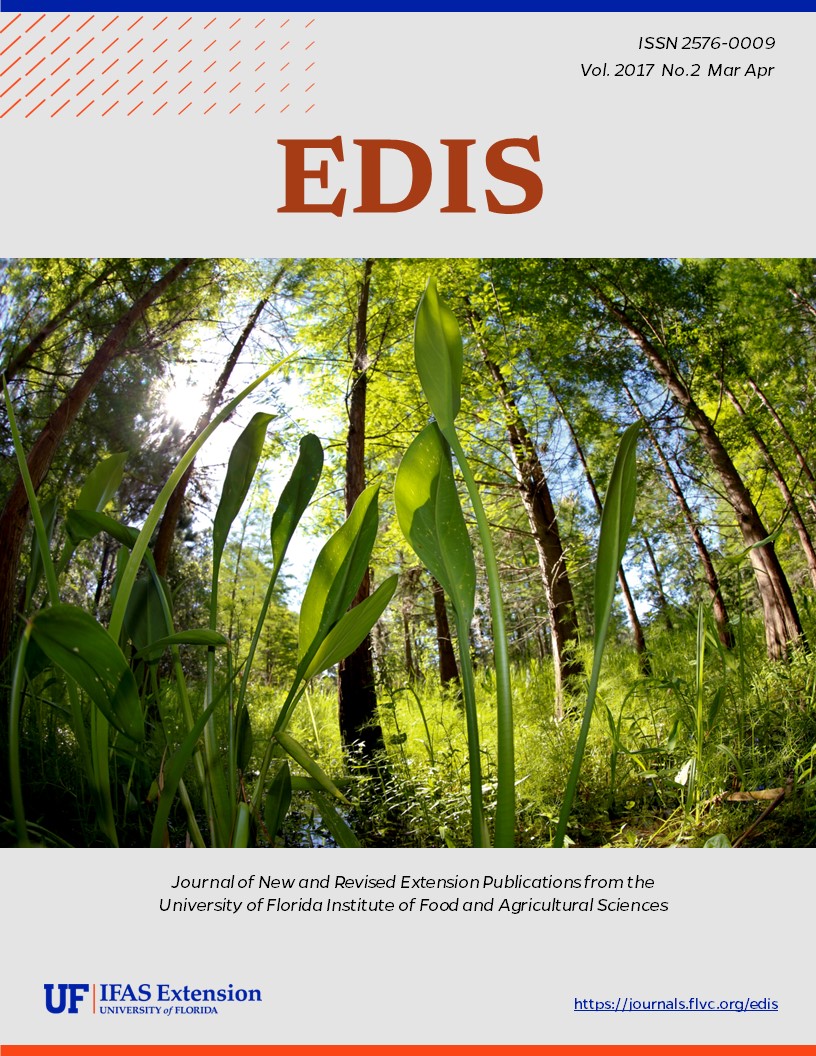Abstract
Increasingly, gardeners receive attention for the educational, environmental, health, and social impacts that their projects facilitate within schools and communities. Garden associations allow Extension to play a vital role in providing technical information to support new and existing gardens. This 3-page fact sheet outlines the framework used by a pilot garden association program in Polk County, Florida. Written by John M. Diaz, Susan Tyler Webb, and Erin Elsberry, and published by the Department of Agriculture Education and Communication, March 2017.
AEC617/WC279: Developing County Associations for School and Community Gardens (ufl.edu)
References
Berezowitz, C. K., Bontrager Yoder, A. B., & Schoeller, D. A. (2015). School gardens enhance academic performance and dietary outcomes in children. Journal of School Health, 85(8), 508-518. https://doi.org/10.1111/josh.12278
Blair, D. (2009). The child in the garden: An evaluative review of the benefits of school gardening. The Journal of Environmental Education, 40(2), 15-38. https://doi.org/10.3200/JOEE.40.2.15-38
Denver Urban Gardens. (2012). Growing Community Gardens: A Denver Urban Gardens' Best Practices Handbook for Creating and Sustaining Community Gardens. Retrieved from https://dug.org/wp-content/uploads/2015/02/Best-Practices.pdf.
Drake, L., & Lawson, L. J. (2015). Results of a US and Canada community garden survey: shared challenges in garden management amid diverse geographical and organizational contexts. Agriculture and Human Values, 32(2), 241-254. https://doi.org/10.1007/s10460-014-9558-7
Middle, I., Dzidic, P., Buckley, A., Bennett, D., Tye, M., & Jones, R. (2014). Integrating community gardens into public parks: An innovative approach for providing ecosystem services in urban areas. Urban Forestry & Urban Greening, 13(4), 638-645. https://doi.org/10.1016/j.ufug.2014.09.001
Poulsen, M. N., Hulland, K. R., Gulas, C. A., Pham, H., Dalglish, S. L., Wilkinson, R. K., & Winch, P. J. (2014). Growing an urban oasis: a qualitative study of the perceived benefits of community gardening in Baltimore, Maryland. Culture, Agriculture, Food and Environment, 36(2), 69-82. https://doi.org/10.1111/cuag.12035
Zick, C. D., Smith, K. R., Kowaleski-Jones, L., Uno, C., & Merrill, B. J. (2013). Harvesting more than vegetables: the potential weight control benefits of community gardening. American journal of public health, 103(6), 1110-1115. https://doi.org/10.2105/AJPH.2012.301009

